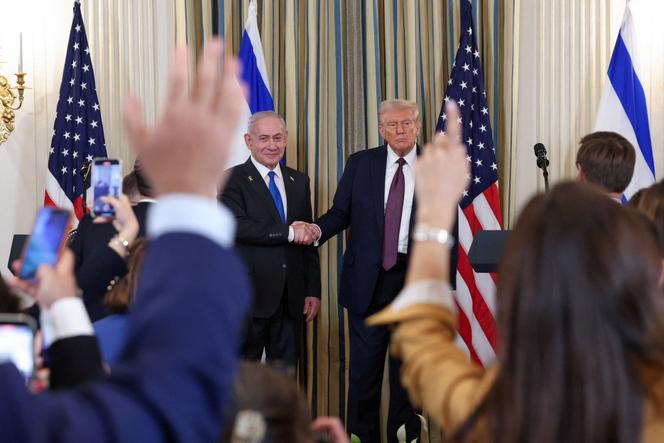


Who would not want "eternal peace" in the Middle East? Presented in those terms, the Trump administration's 20-point plan to end the war in Gaza on Monday, September 29, seemed like an opportunity not to be missed. Welcoming Israeli Prime Minister Benjamin Netanyahu, US President Donald Trump was generous with praise for his advisers, for his guest and for the region's leaders. "The promise of a new Middle East is so clearly within our reach," he said. Yet, with Hamas's official response still pending, the very structure of the peace plan revealed unmistakable weaknesses, starting with the lack of a binding timetable for an Israeli withdrawal.
"I support your plan to end the war in Gaza, which achieves our war aims," said Netanyahu, opening the door to this possibility for the first time. The plan provides for a complete halt to the conflict as soon as both parties accept its terms. On Monday evening, Qatar and Egypt delivered the document to Hamas – or more accurately, to what remains of its political leadership – which committed to reviewing it.
The fourth point of the plan states that by the evening of October 2 – 72 hours after the White House press conference – all 47 remaining hostages in the enclave, including 25 presumed dead, should be released or their bodies returned. In exchange, Israel would release 250 Palestinian prisoners serving life sentences and more than 1,700 prisoners from Gaza detained since the October 7, 2023, attack.
You have 81.94% of this article left to read. The rest is for subscribers only.
